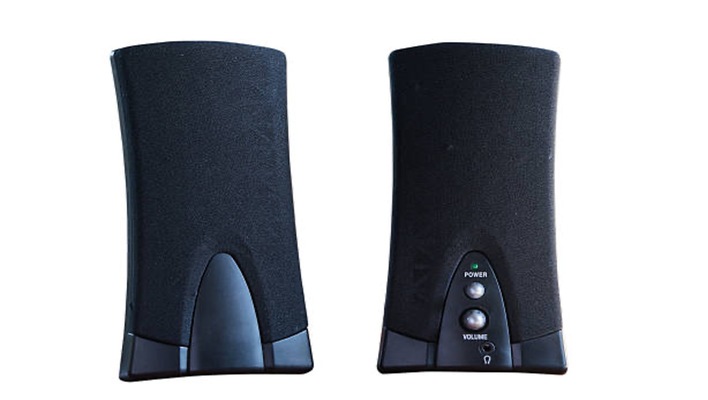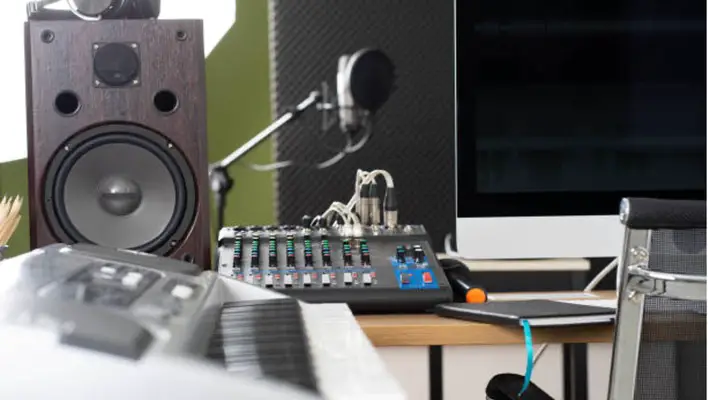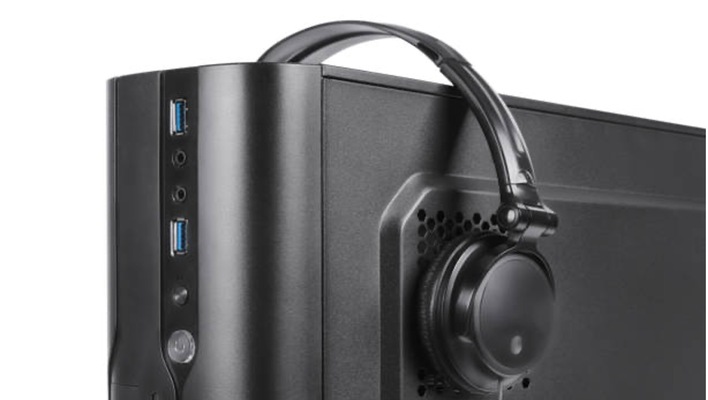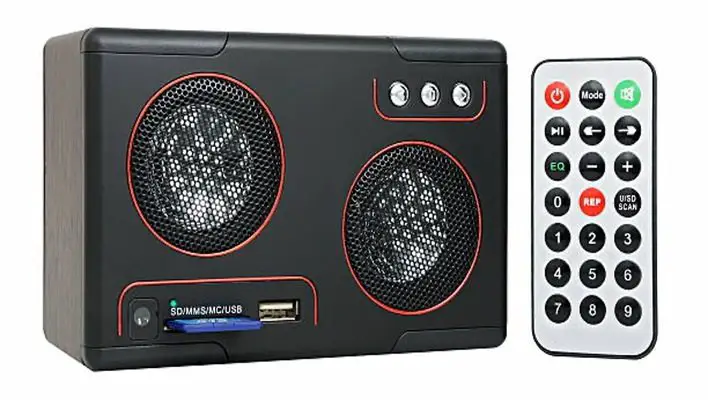The term phase control is a popular one. If you have ever bought a speaker before and set it up, it should be a relatable term. The same thing happens when you get your subwoofer. After setting it up and adjusting the crossover and Hi/Lo level (gain or volume), the next big thing is often the phase. Whether you are going for subwoofer 0 or 180, an in-depth understanding of the proper subwoofer setting will help you make the right choice.
Adding an electrical delay to an incoming signal becomes easy with a subwoofer phase. Usually, this delay runs from 0 to 180 degrees. And if you want to match the sub’s phase to the main speaker, the phase switch comes in handy for that purpose. It is worth mentioning that this largely depends on where the subwoofer and speaker are situated.

What Exactly is Subwoofer Phase Control and How Many Types Are There?
Put simply, phase control is a signal delay. In other words, it borders around adding electrical delay to a signal. This is best carried out with a subwoofer phase. This delay runs from 0 to 180 degrees. These subwoofer phase settings are often referred to as normal and reverse phases, respectively. The primary purpose of adding this electrical delay is to ensure better integration between the subwoofer and the main speakers in the room.
Below are the major types of subwoofer phases and their qualities.
Subwoofer Phase 0
Alternatively referred to as the normal phase, your sub lies in this phase if it is in phase with the main speaker. Thus, the delay to the incoming signal is entirely absent. Phase 0 is possible when the speaker and the sub are in the same room or place. Also, you must ensure that they face the same direction. As a result, constructive interference occurs. What you will have in the long run is an incredibly high soundwave caused by the addition of the sub’s and speaker’s waves.

Subwoofer Phase 180
This is also called the reverse phase. As the name implies, this phase reverses the subwoofer’s polarity. Hence, the sub is placed in opposite polarity to the main speaker. In this case, the inward movement of the subwoofer’s driver will cause an outward movement of all the speaker drivers.
This type of setting is ideal if you are ready to have the sub and main speaker on the opposite sides of the place or room. By placing them on the opposite sides, there is a significant reduction in destructive interference. This means that no interference exists between the speaker and sub-waves.
There’s, however, a setback in this case. To reduce the entire bass output, you have to cancel it from the speaker from time to time. This is because the overall output of bass serves no purpose.

Should Your Subwoofer Phase Be Placed at 0 or 180?
Whether you will be going for subwoofer phase 0 or 180, three primary factors dictate the course of events. This means that you cannot set your subwoofer up to a particular phase without considering these factors. They include:
- Sub vs. speaker positioning
- The quality of sound
- Decibel reading
Sub vs. Speaker Positioning
Although this has been discussed in the previous paragraphs, it is worth another attention. It goes without saying that how your speaker and subwoofer are positioned can determine which subwoofer phase is appropriate for you. Simple as this may sound, there’s a high chance you will get things mixed up and end up not getting any result at all. Hence, even the little things matter. And paying keen attention to them will enable you the desired outcome in the long run.
There are mainly two positions where your speaker and sub can be placed. They are either placed in the opposite direction (here, the subwoofer is on one side while the speaker is on the other side) or on the sane side (here, the speaker is on the same side as the sub). In either of these positions, there’s a specific phrase that works best. In other words, both subwoofer phases can’t work in the two positions.
Placing the sub on the same side as the speaker means you will opt for phase 0. Since they are on the same side, they should point in the same direction. This way, you can rest assured of getting nothing but the best performance.
On the other hand, phase 180 comes into the picture if the sub is on one side and the speaker is on the other. You will notice that the two items will be facing each other. This is the ideal position for the subwoofer phase 180. If you use phase 0 here, your effort is far from coming off.
Decibel Reading
This is another alternative to determine which phase to use. To determine which phase will produce more decibels on a particular Hz, you need the right tool for the job. You can choose either an SPL app or an SPL meter.
The SPL meter is efficient measuring equipment that will give you an accurate result. Interestingly, the SPL apps are also effective. There are many smartphones and tablets to which these apps are readily attached. You can download and install them on your mobile device from the app store. With the aid of these devices, you can select the phase with the highest decibels.
The Hz in this instance refers to the crossover region. In this region, the output must reach its peak. At this level, the sub’s high cut transitions to the low cut to create the most audible output.
Should you not have the SPL meter or SPL apps at your disposal, reversing polarity on the main speaker should solve the issue. To reverse polarity, change + and – speaker cable. This will lead to a significant drop off in the bass.
Subsequently, allow the phase adjustor to remain in that phase setting. Ensure you put the speaker cables are in their original positions (+ to + and – to -). Once you do that, the higher output will get back. There’s a simple issue here. This cannot work with subwoofer phase 0 or 180. It is only suitable for a variable phase.

Quality of Sound
The most crucial factor to consider when setting your subwoofer phase is the sound quality. Nothing else matters as long as you get the best sounds from your subwoofer.
For instance, a lower decibel output may have a better sound quality than a high one. In that case, you should go for the former. Simply adjust the subwoofer phase until you come across the setting that gives you the best sounds. Once you do, keep it. This is simple to do and requires no technical skill.
Wrap Up
When it comes to sound, every individual has a taste. The subwoofer phase 0 or 180 plays a considerable role in satisfying this taste. However, there’s no correctness to either of these subwoofer phase options. This does not entirely rule out the fact that you can choose what phase you want your subwoofer to be. Placing your subwoofer on phase 0 means that both the sub and speaker will be on the same side, while for phase 180, they will be opposite each other.
